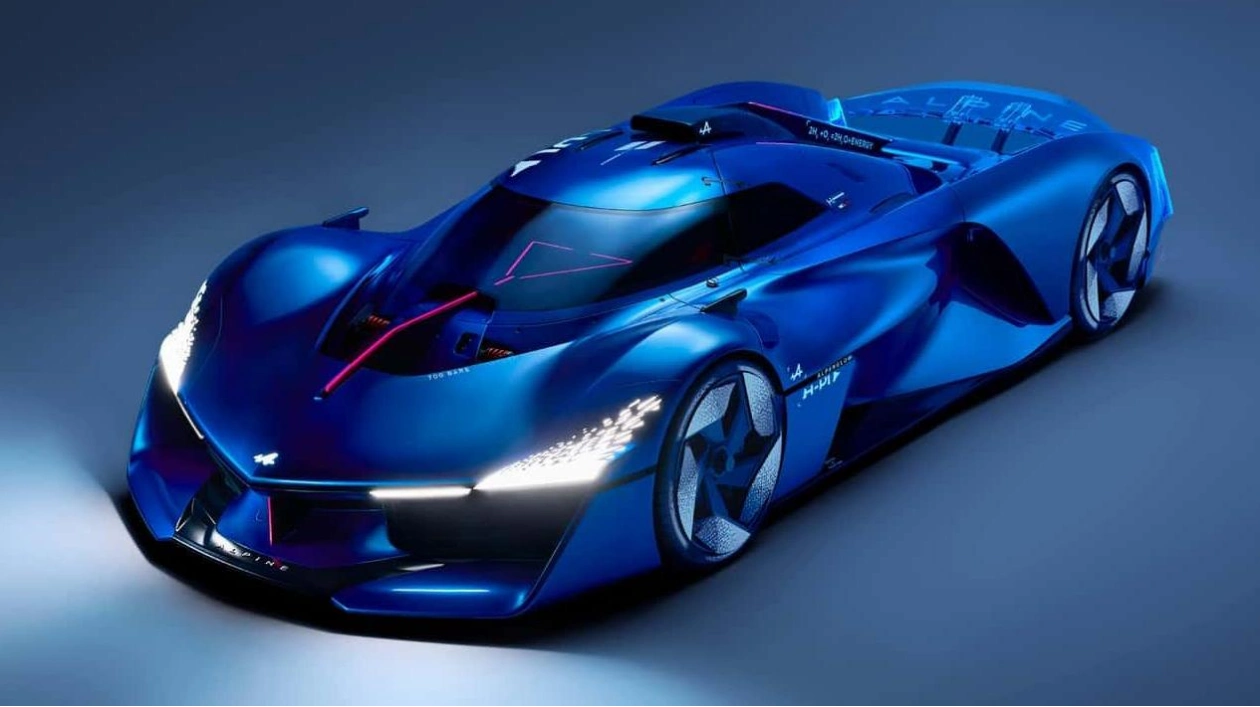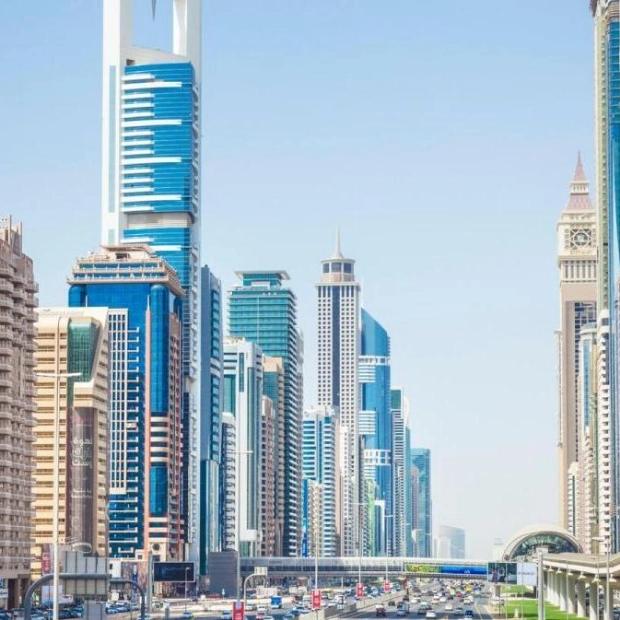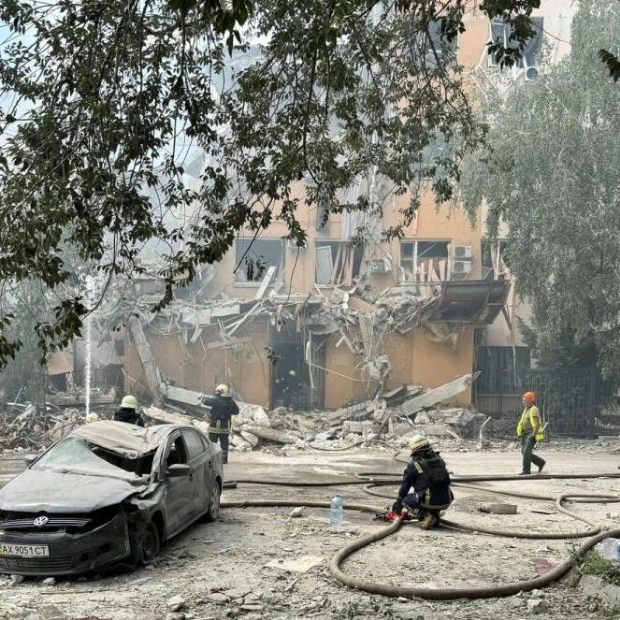Although the Alpine brand isn't available in America, we can still admire the straightforward A110 sports car from overseas. This Porsche Cayman rival boasts 252 horsepower and a lightweight 2,429 pounds—making it a thrilling drive. However, Alpine is now focusing on something even more potent, though it may not retain the same lightweight attributes as the A110.
According to Autocar, Alpine is establishing a new research and development facility at its Viry-Chatillon Formula 1 engine production site, named 'Hypertech Alpine.' This R&D center will spearhead all electric initiatives for the Alpine brand, including a new high-performance car currently dubbed the 'Future Alpine Supercar.'
Alpine CEO Philippe Krief emphasized, 'Creating this Hypertech Alpine center is pivotal to Alpine's development strategy and, more broadly, to the group's innovation strategy. It marks a significant moment in the history of the Viry-Châtillon site, ensuring the preservation of its expertise and integrating its unique skills into the group's ambitious future, thereby reinforcing Alpine's role as an 'innovation garage.'
This unnamed vehicle will be produced alongside an electric A110 and is expected to utilize Alpine's new solid-state battery packs designed for 'extreme operating conditions typical of supercars.' It will also feature ultra-efficient electric motors co-developed with Ampere—Renault's new EV and software sub-brand.
Visually, the new supercar is likely to resemble the Alpenglow Hy4 hypercar concept unveiled by Alpine in May. Alpine design chief Antony Villain informed Autocar that the concept was crafted with a production car in mind.
It's worth noting that Alpine hasn't explicitly confirmed that its next performance vehicle will be electric. However, all indications suggest a battery-powered model. With an electric A110 on the horizon and Alpine's advancements in battery and electric motor technology, it's probable that the brand will showcase this technology in an all-electric supercar.
But who knows, perhaps one of those surplus Formula 1 engines will find its way into the engine bay. After all, they won't be needed post-2025.






